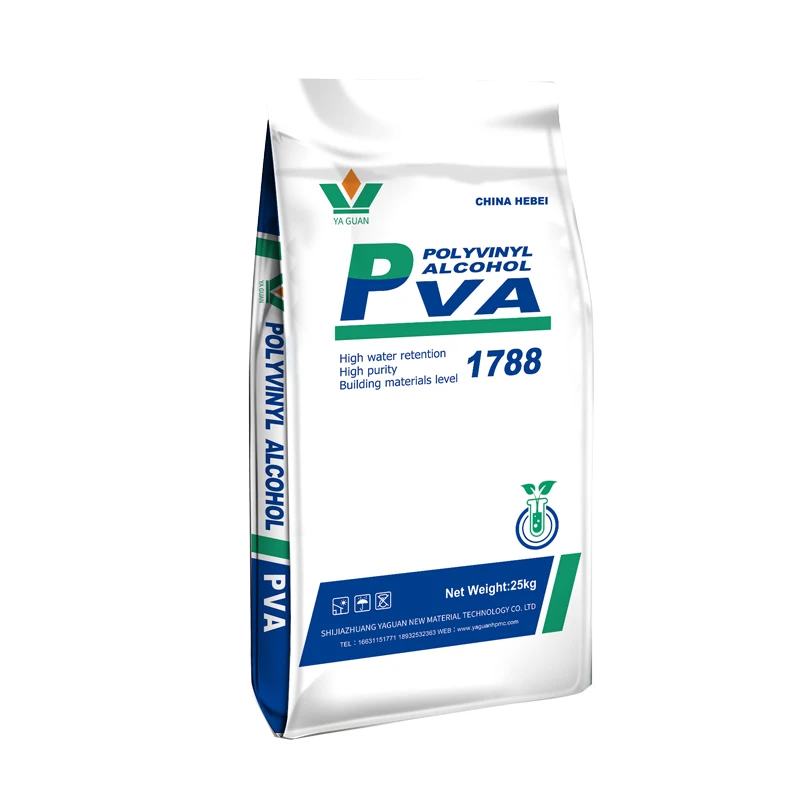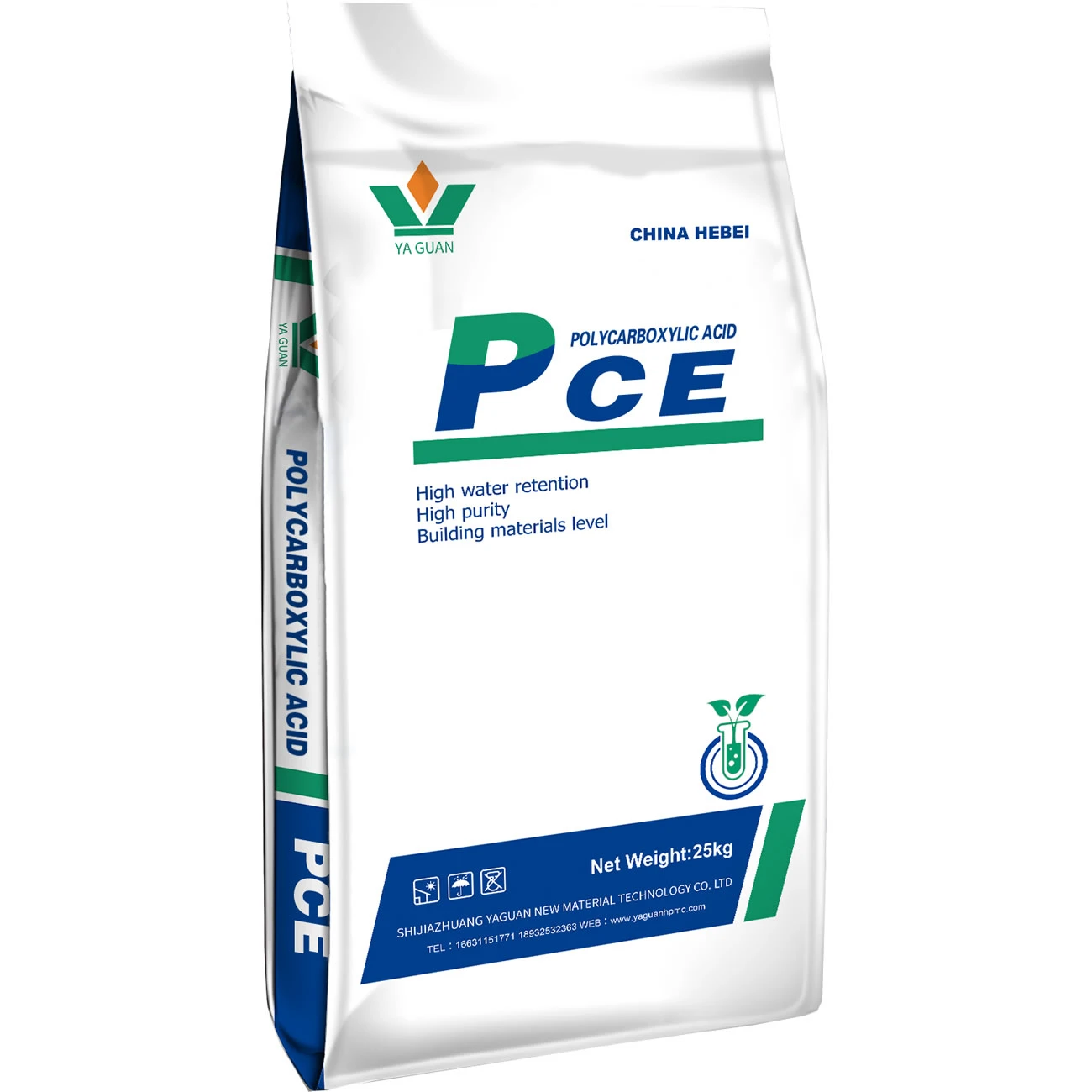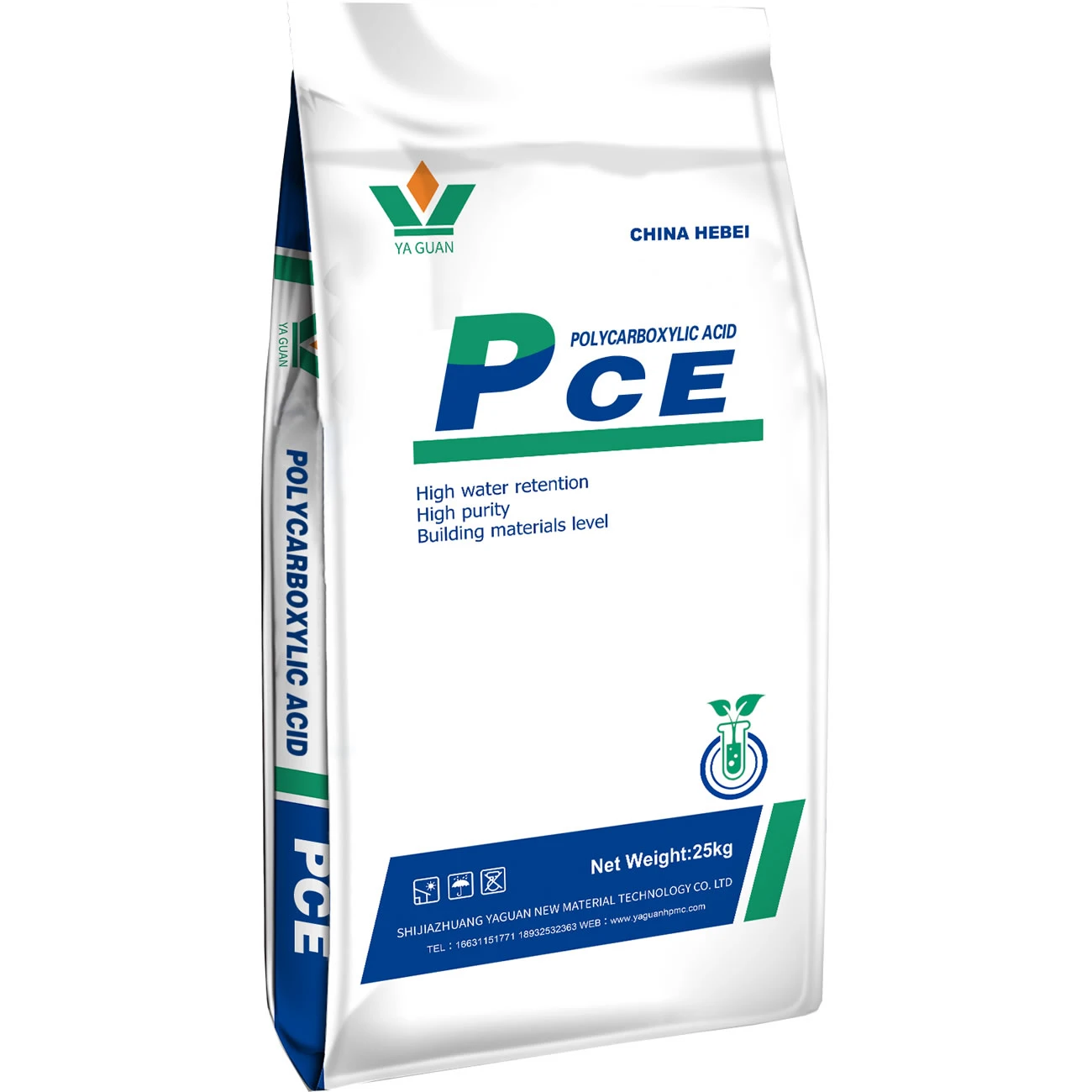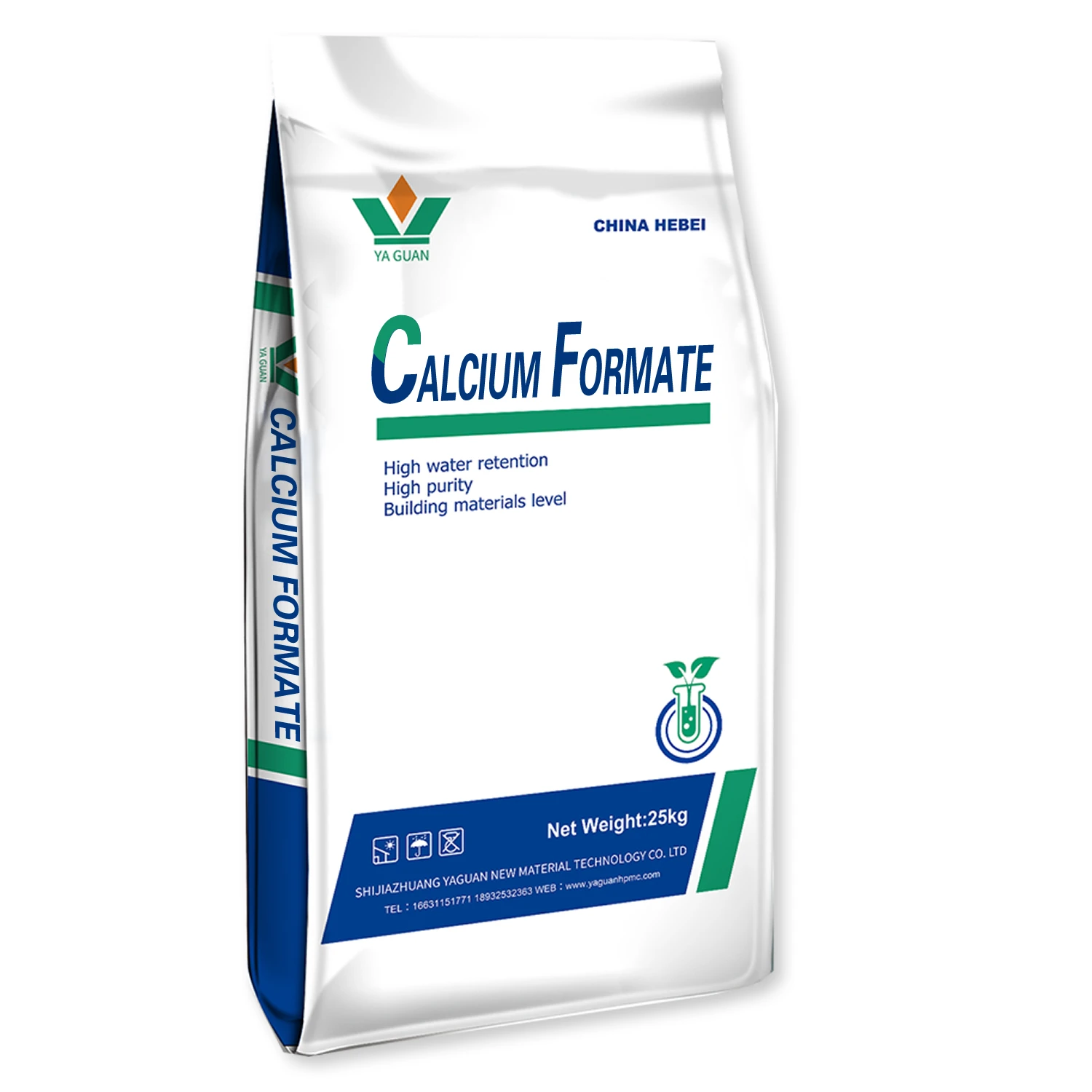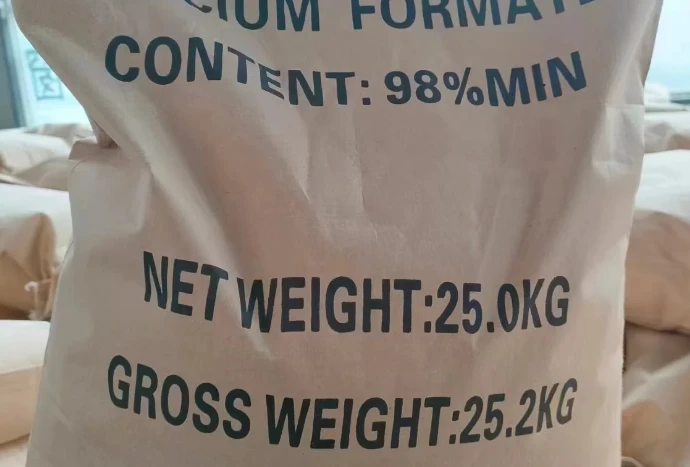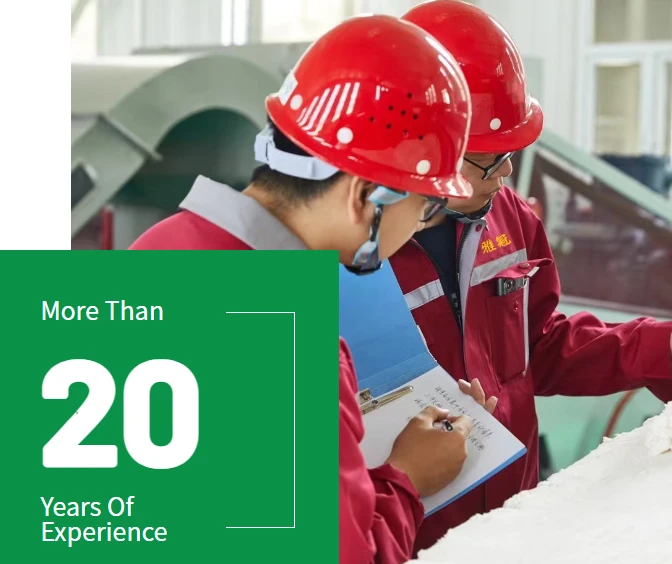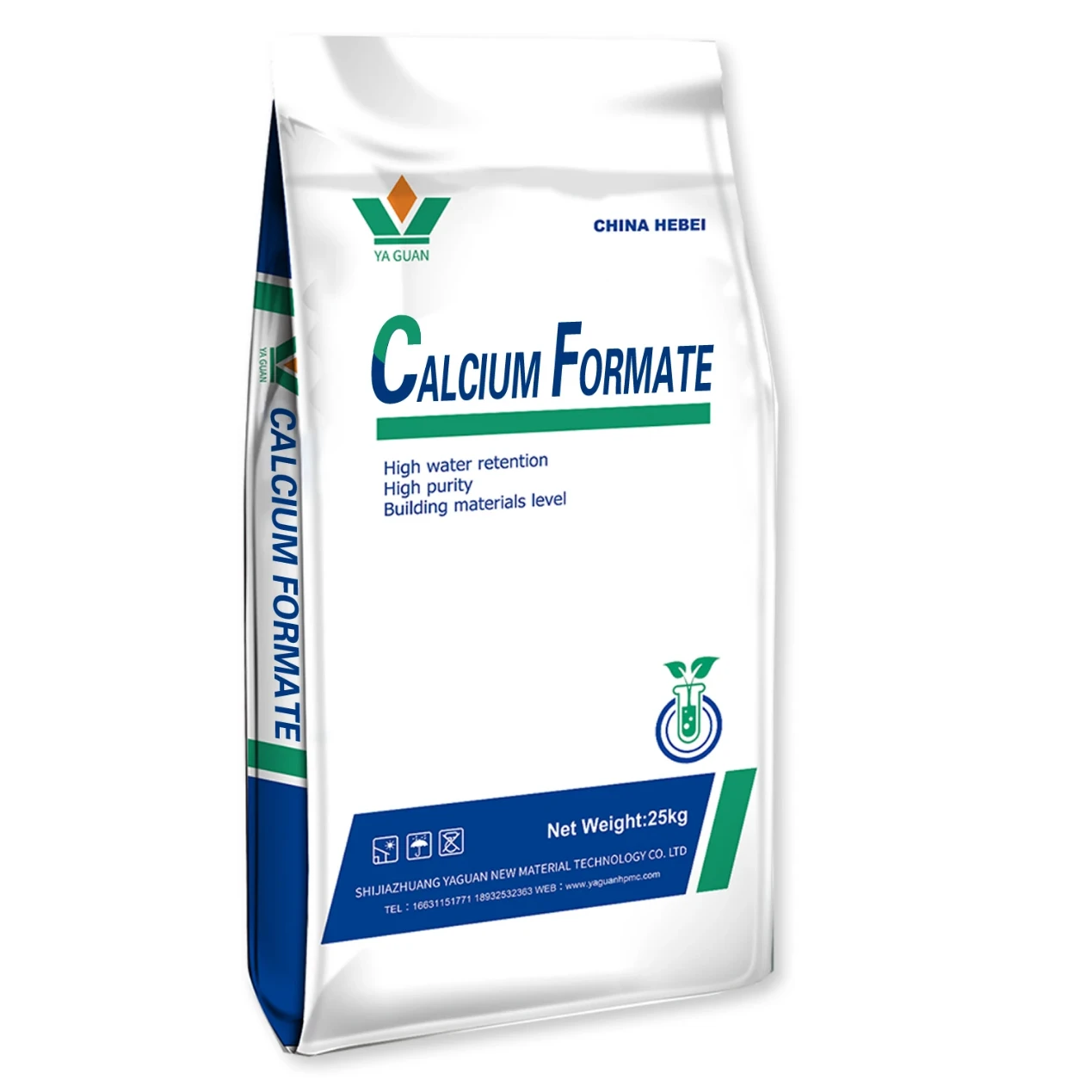
When it comes to improving construction quality, celulosa hpmc is a smart choice. This versatile material, known as hydroxypropyl methyl cellulose, provides a stable bond for tile adhesives, plaster, cement, and more. It prevents cracking and promotes a smooth, professional finish.
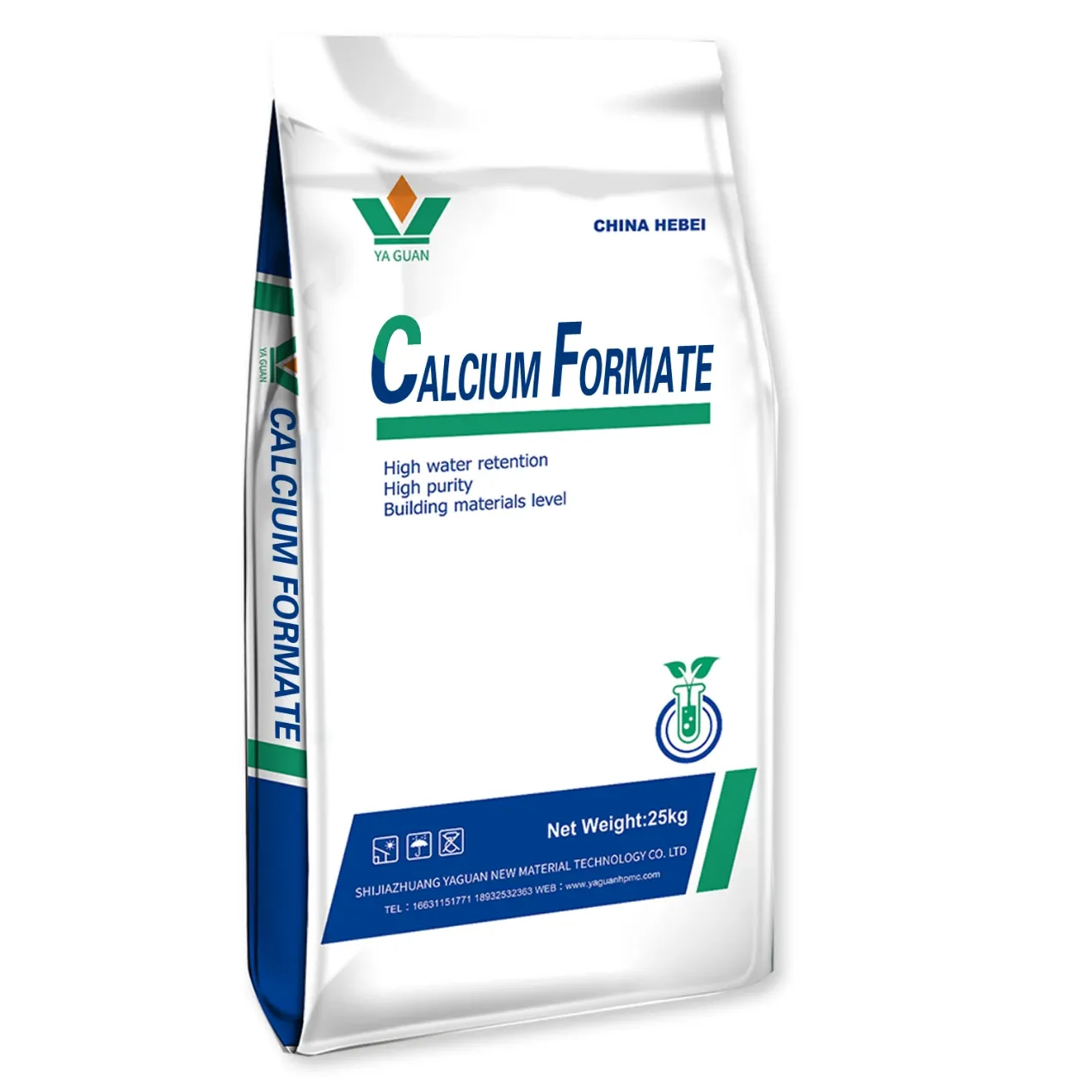
Celulosa hpmc helps manage moisture, ensuring that cement and tile glue don't dry too fast. It's commonly used in both commercial buildings and home renovations. If you’re trying to enhance durability while keeping costs down, this compound is a must-have in your toolkit.
Gel hpmc Makes Mixing And Application Easier
In both industrial and home settings, gel hpmc ensures better workability. It's smooth, dissolves easily in water, and remains stable under different pH levels. Because of these properties, it’s frequently added to wall coatings, joint fillers, and sealants.
When using gel hpmc, the compound creates a gel-like consistency that enhances spreadability. This means less waste, better coverage, and improved adhesion. You’ll appreciate how it simplifies work, especially in high-temperature or high-humidity environments.
Hidroxipropilmetilcelulosa hpmc Is The All-Rounder For Coatings
For anyone searching for a reliable coating additive, hidroxipropilmetilcelulosa hpmc is a go-to material. It helps paint stick better to surfaces and slows down drying time, which reduces streaks and uneven finishes. Its water-retention feature also improves the lifespan of water-based paints.
Hidroxipropilmetilcelulosa hpmc enhances the texture of paints and coatings, making them easier to apply and more resistant to wear. In construction and home DIY, it has become essential for ensuring lasting and smooth results, especially on porous surfaces.
Hipromelosa hpmc Enhances Adhesion And Water Retention
The strength of many building materials relies heavily on hipromelosa hpmc. It boosts the bonding capacity of adhesives and cementitious products. Especially in extreme heat or cold, hipromelosa hpmc maintains water content and ensures a uniform cure.
It’s widely adopted in the construction and household chemicals industries due to its impressive thermal stability and non-toxic nature. Many tile glue products include hipromelosa hpmc to prevent premature drying, resulting in cleaner finishes and stronger tiles.
Hpmc 200000 Gives Premium Consistency In All Applications
Among various grades, hpmc 200000 stands out for its thickening ability. This high-viscosity variant ensures materials like wall putty, gypsum, or tile adhesive maintain their shape and hold without sagging.
With hpmc 200000, you’ll find it easier to manage vertical applications where run-off can be a major issue. It also makes products more resistant to cracking and peeling. Whether you're dealing with ceilings or vertical panels, this material improves your construction's quality and appearance.
HidroxipropilmeTilcelulosa Hpmc FAQs
What makes celulosa hpmc ideal for cement applications?
It improves water retention and prevents premature drying, which helps cement set evenly and avoids cracks.
How does gel hpmc affect texture?
It forms a gel that makes mixtures smoother and easier to apply, even in extreme weather conditions.
Why is hidroxipropilmetilcelulosa hpmc preferred in coatings?
It increases adhesion, improves finish quality, and extends drying time to ensure smooth application.
Is hipromelosa hpmc safe for indoor use?
Yes, it is non-toxic and complies with modern environmental protection standards.
When should I use hpmc 200000?
Use it in applications requiring strong viscosity and shape retention, such as vertical tiling or thick wall coatings.







